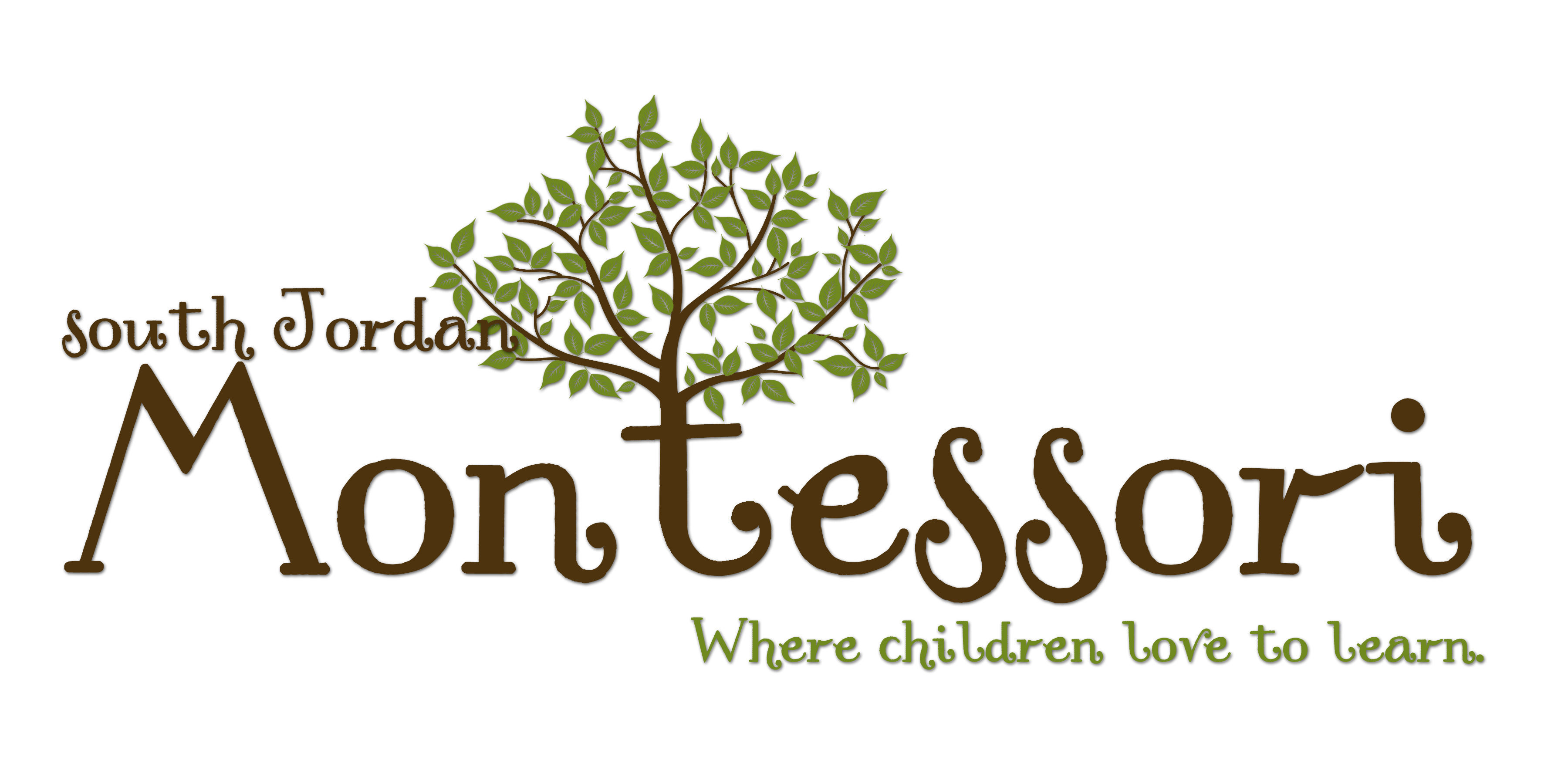The Montessori Method
 Dr. Maria Montessori was an Italian physician and educator, born in 1870. She was the first woman to graduate from a medical school in Italy and became interested in education as a doctor treating retarded children. After realizing the potential of her methods for all children, she began her work with normal children in 1907. She gained international fame for designing an educational system to help children in the development of intelligence and independence. Her educational approach is now known as the Montessori method and Montessori schools exist throughout the world. During her lifetime, she wrote twenty books (i.e. The Montessori Method, The Absorbent Mind) and numerous articles about education. She died in 1952.
Dr. Maria Montessori was an Italian physician and educator, born in 1870. She was the first woman to graduate from a medical school in Italy and became interested in education as a doctor treating retarded children. After realizing the potential of her methods for all children, she began her work with normal children in 1907. She gained international fame for designing an educational system to help children in the development of intelligence and independence. Her educational approach is now known as the Montessori method and Montessori schools exist throughout the world. During her lifetime, she wrote twenty books (i.e. The Montessori Method, The Absorbent Mind) and numerous articles about education. She died in 1952.
Her medical background led Dr. Montessori to approach education, not as a philosopher or educator in the usual sense, but as a scientist. She noted that children learn through activities that involve exploration, manipulation, order, repetition, abstraction and communication. Dr. Montessori discovered that children learn through their senses until the age of 6 and developed teaching materials that encourage students to use their senses of touch, sight, hearing, smell and taste to explore and manipulate materials in their immediate environment. She demonstrated to teachers the need to observe which activities deeply involve a child in his/her own learning. Montessori teachers are trained to continually evaluate the effect of each and every learning activity. Daily evaluations by the teacher and respect for the child are some of the most fundamental aspects of Montessori education.
Comparing Montessori with Traditional Education
(American Montessori Society 2001) A Montessori program is based on self-direction, non-competitive and cooperative activities that help a child develop a strong self-image, high levels of academic and social competence, and the confidence to face challenges with optimism. Encouraged to make decisions from an early age, Montessori educated children are problem-solvers who can make appropriate choices, manage their time, and work well with others. They exchange ideas and discuss work freely. These positive communication skills build the foundation for negotiating new settings.
Montessori |
Traditional |
|
Views the child holistically, valuing cognitive, psychological, social, and spiritual development.
|
Views the child in terms of competence, skill level, and achievement with an emphasis on core curricula standards and social development.
|
|
Child is an active participant in learning; allowed to move about and respectfully explore the classroom environment; teacher is an instructional facilitator and guide.
|
Child is a more passive participant in learning; teacher has a more dominant, central role in classroom activity.
|
|
A carefully prepared learning environment and method encourages development of internal self-discipline and intrinsic motivation.
|
Teacher acts as a primary enforcer of external discipline promoting extrinsic motivation.
|
|
Instruction, both individual and group, adapts to students’ learning styles and development levels.
|
Instruction, both individual and group, adapts to core curricula benchmarks.
|
|
Three-year span of age grouping, three-year cycles, allow teacher, students, and parents to develop supportive, collaborative and trusting relationships.
|
Same-age and/or skill level grouping; one-year cycles can limit development of strong teacher, student and parent collaboration.
|
|
Grace, courtesy and conflict resolution are integral parts of daily Montessori peace curriculum.
|
Conflict resolution is usually taught separately from daily classroom activity.
|
|
Values concentration and depth of experience; supplies uninterrupted time for focused work cycle to develop.
|
Values completion of assignments; time is tightly scheduled.
|
|
Child’s learning pace is internally determined.
|
Instructional pace usually set by core-curricula standard expectations, group norm or teacher.
|
|
Child allowed to spot own errors through feedback from the materials; errors are viewed as part of the learning process.
|
Work is usually corrected by the teacher; errors are viewed as mistakes.
|
|
Learning is reinforced internally through the child’s own repetition of an activity and internal feelings of success.
|
Learning is reinforced externally by test scores and rewards, competition and grades.
|
|
Care of self and the environment are emphasized as integral to the learning experience.
|
Less emphasis on self-care, spatial awareness, and care of the environment.
|
|
Child can work where he/she is comfortable and the child often has choices between working alone or with a group that is highly collaborative among older students.
|
Child is usually assigned a specific work space; talking among peers discouraged.
|
|
Multi-disciplinary, interwoven curriculum.
|
Curriculum areas usually taught as separate topics,
|
|
Child learns to share leadership; egalitarian interaction is encouraged.
|
Hierarchical classroom structure is more prominent.
|
|
Progress is reported through multiple formats: conferences, narrative reports, checklists and portfolio of student’s work.
|
Progress is usually reported through conferences, report cards/grades, and test scores.
|
|
Children are encouraged to teach, collaborate, and help each other.
|
Most teaching is done by the teacher and collaboration is an alternative teaching strategy.
|
|
Child is provided opportunities to choose own work from interest and abilities, concepts taught within context of interest.
|
Curricula organized and structured for child based on core curricula standards.
|
|
Goal is to foster a love of learning.
|
Goal is to master core curricula objectives.
|

